Storage buildings
8 tips to keep the temperature stable in your storage building
8 min reading time
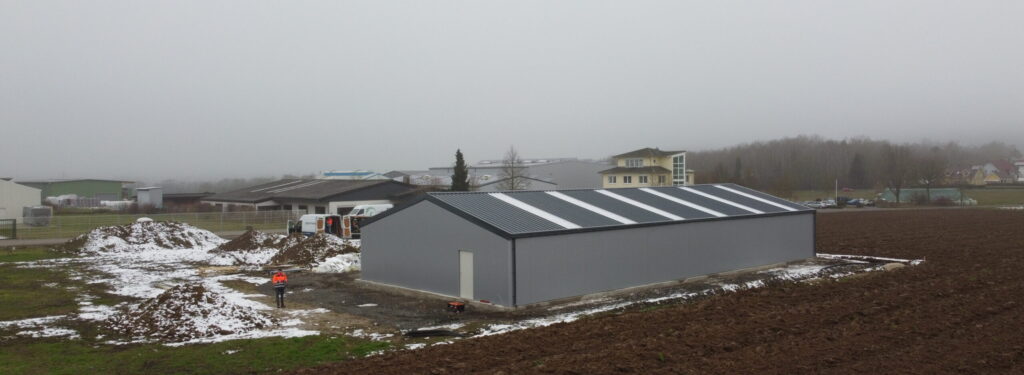
What are the advantages of an insulated storage building over a non-insulated storage building? In this blog, we will give you a comprehensive and honest answer to this question. We sell both insulated and non-insulated storage buildings. Insulated storage buildings are more expensive to purchase. It's only logical that you'd want to know if this is the right choice for you. We are happy to help you make an informed decision by providing you with the necessary information. In this blog, you'll learn more about the benefits of an insulated storage building. We will also discuss how we insulate the building and what this means for the temperature inside the building.
We've listed the main advantages of an insulated storage building for you:
1. An insulated storage building has a more constant indoor temperature
The biggest advantage of an insulated storage building is that you can maintain a more constant temperature inside. If you spend a lot of time in the storage building or store items that are sensitive to frost or higher temperatures, then an insulated storage building is the best choice. With insulation, you can heat the building during cold weather without the warmth escaping quickly, as in a non-insulated building. Also, an insulated storage building will not take on the outside temperature as quickly. This is beneficial when it's extremely hot or cold outside.
2. An insulated storage building is less prone to condensation
Because the indoor climate is more controllable and there are fewer significant temperature fluctuations, an insulated storage building is less prone to condensation. Condensation occurs when there is high humidity. The (warm) air cools against the colder parts of a storage building, such as wall and roof panels, and the floor, causing the water vapor in the air to condense. The surfaces of the storage building become moist, and water droplets form. Water droplets on the ceiling collect and fall down. Due to insulation, the surfaces of an insulated storage building are less cold, reducing the chance of condensation.
3. An insulated storage building is more environmentally friendl
The insulated wall and roof cladding helps the storage building maintain a stable temperature. In summer, the insulation prevents the building from becoming too warm. In winter, it keeps the heat inside. This means you need less heating. In a non-insulated building, the warmth quickly escapes. This leads to energy savings, which is better for the environment and your wallet.
4. Less noise inside/outside an insulated storage building
Due to insulation, less noise penetrates the building, and conversely, less noise escapes from it. Although our storage buildings are designed for storage, you might occasionally carry out some work inside. If you're making a lot of noise, it's less audible to people outside in a closed, insulated storage building.
5. Less pest intrusion in an insulated storage building
In an insulated storage building, all gaps are sealed with foam tape to maintain a constant temperature. Insulated storage buildings do not have ventilation openings for natural ventilation, unlike non-insulated storage buildings. This reduces the chance of pests entering the building.
The cladding of a non-insulated storage building consists of a thin metal sheet with a thickness of 0.5 mm. The cladding of an insulated storage building is 40 mm thick and consists of two metal sheets of 0.5 mm thickness with a layer of PIR (polyisocyanurate) rigid foam core material in between. You can imagine that a non-insulated storage building with a thickness of only 0.5 mm will quickly take on the outside temperature.
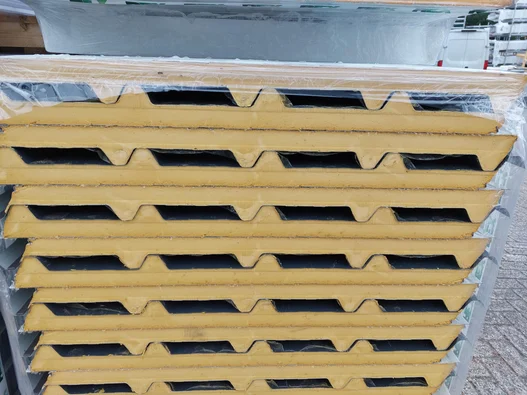
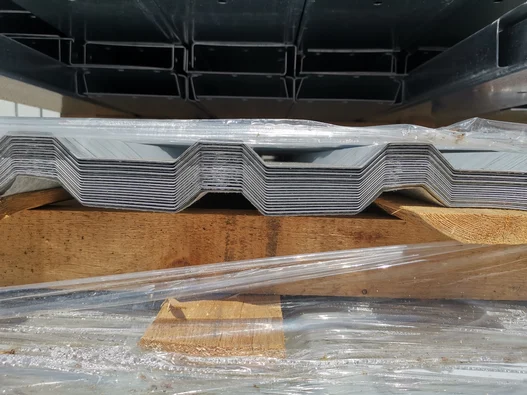
We often get this question, but it's hard to answer because it depends on many factors, such as:
Thus, many factors determine the temperature inside the storage building, and these are largely within your control (aside from weather conditions).
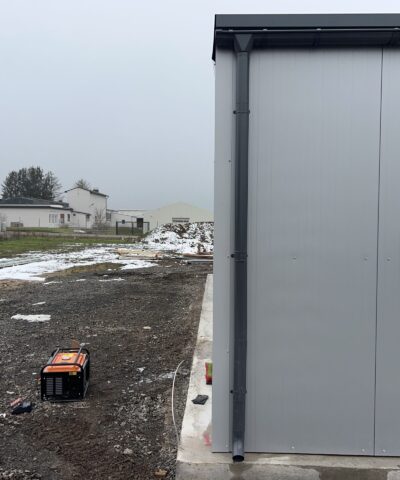
An insulated storage building is more expensive than a non-insulated one. There are several factors that contribute to the higher cost of an insulated storage building:
| Storage building type | Non-insulated price | Insulated price |
| H612 | From €16,575 excluding VAT | From €25,535 excluding VAT |
| H1023-30 | From €43,335 excluding VAT | From €66,160 excluding VAT |
| H1223-30 | From €47,940 excluding VAT | From €71,405 excluding VAT |
Other factors that contribute to the higher cost of an insulated storage building are:
| Smaller storage building (H6 series) | Larger storage building (from H9 series) | |||
| Non-insulated | Insulated | Non-insulated | Insulated | |
| Shipping within NL excl. VAT . | +/- € 500 | +/- € 900 | +/- € 750 | +/- € 1250 |
The main factor in choosing between an insulated or non-insulated storage building is the intended use. If it's just for (temporary) storage of goods and materials that can withstand high temperatures and frost, then a non-insulated building will do the job. If you're storing items that can't withstand this, or if you spend a lot of time in the building, an insulated storage building is the better option. Customers often tell us they find the insulated building more attractive, as it looks sturdier due to the thicker cladding. However, your budget also plays a role. An insulated storage building is more expensive. If you'd like to compare and know the costs of both the insulated and non-insulated version, you can fill out our quotation tool. You'll also see the transport costs.
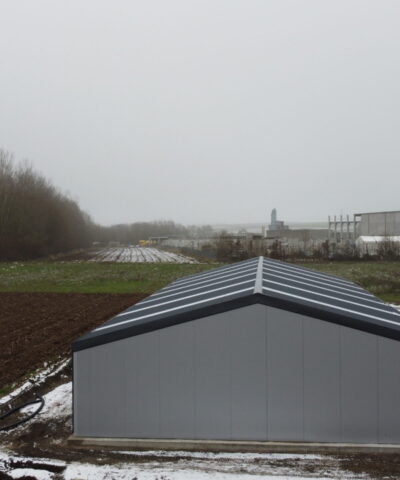
We hope this information helps you make an informed decision. If you want to know exactly what the storage building of your choice costs, please feel free to fill out our quotation tool without obligation. In the last question, enter your postal code so we can calculate the transport costs. This will result in a quotation that we will send you by email, showing at a glance what the transport costs are for your storage building. You can create multiple quotations and check various options to compare them.
Still have questions? We're happy to assist you.